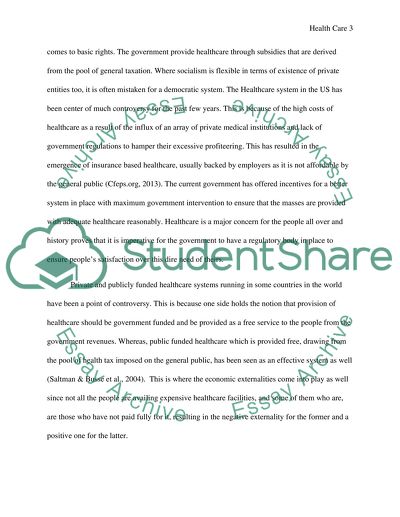Cite this document
(“Intermediate Micro economics. In absence of govt. intervention, market Essay”, n.d.)
Retrieved from https://studentshare.org/macro-microeconomics/1498379-intermediate-micro-economics-in-absence-of-govt
Retrieved from https://studentshare.org/macro-microeconomics/1498379-intermediate-micro-economics-in-absence-of-govt
(Intermediate Micro Economics. In Absence of Govt. Intervention, Market Essay)
https://studentshare.org/macro-microeconomics/1498379-intermediate-micro-economics-in-absence-of-govt.
https://studentshare.org/macro-microeconomics/1498379-intermediate-micro-economics-in-absence-of-govt.
“Intermediate Micro Economics. In Absence of Govt. Intervention, Market Essay”, n.d. https://studentshare.org/macro-microeconomics/1498379-intermediate-micro-economics-in-absence-of-govt.


